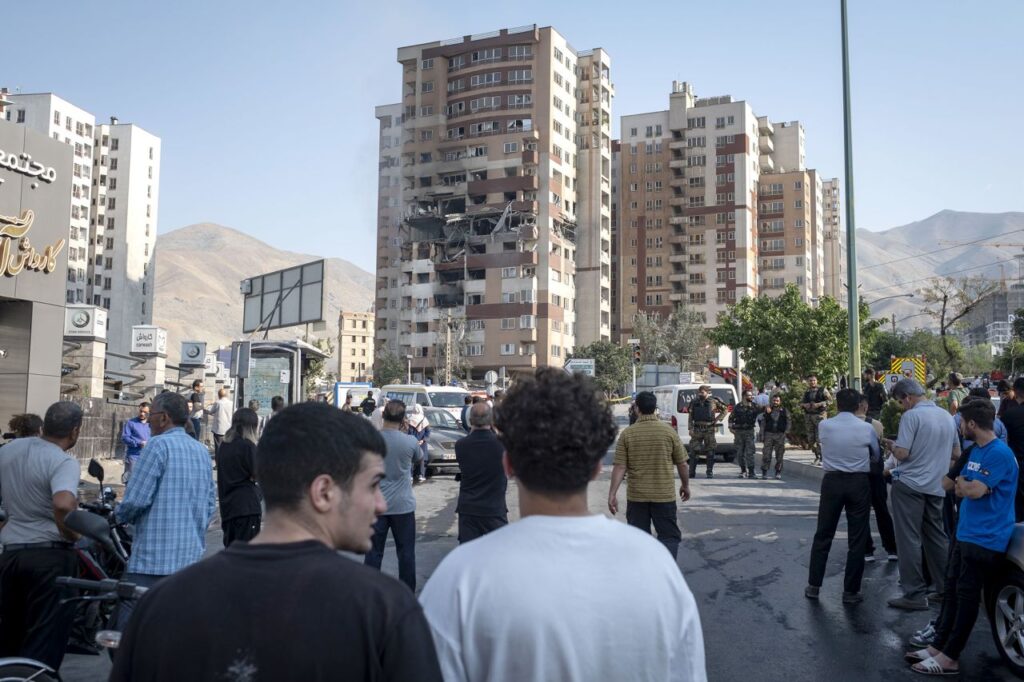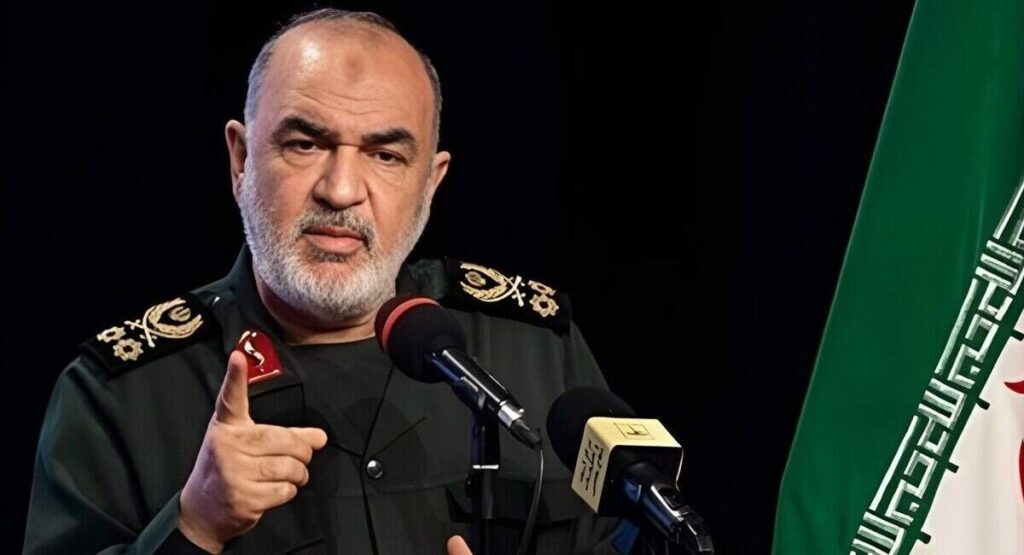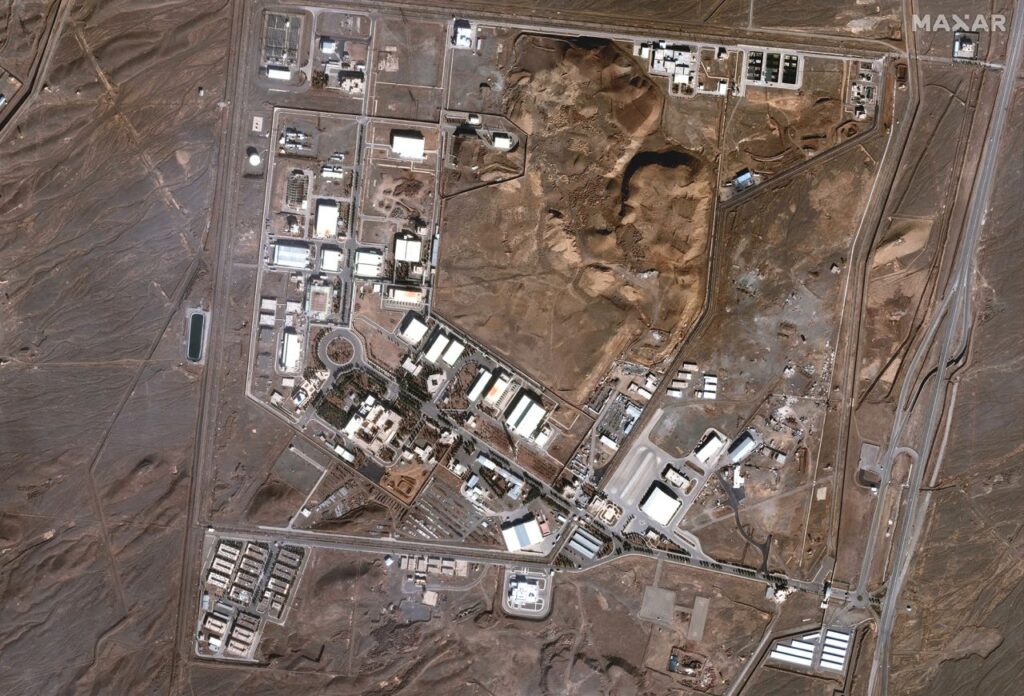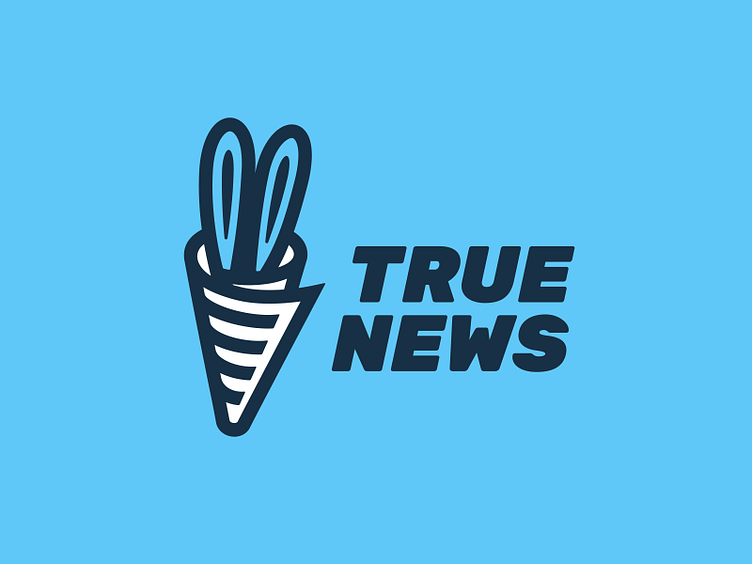Israel attacks Iran:
According to Prime Minister Benjamin Netanyahu, Israel would continue its unprecedented onslaught on Iran for several days, focussing on its military leaders and nuclear program. According to Israel’s military, 200 fighter jets were used. Iran fired more than 100 drones against Israeli land in retaliation .

Military leaders killed:
The attack claimed the life of General Hossein Salami, the head of Iran’s Revolutionary Guard. He was one of the most influential people in the nation. Iran’s top military officer, Major General Mohammad Bagheri, was also slain in the strike.

Nuclear targets:
According to Netanyahu, “Operation Rising Lion” targeted nuclear scientists, Iran’s primary enrichment plant in Natanz, and what he described as “the heart of Iran’s ballistic missiles program.” Iranian state-affiliated Tasnim news agency reports that six nuclear scientists were slain.

US position:
Secretary of State Marco RubioMarco Rubio said there was no US involvement or assistance in the strikes. Before the attack, President Donald Trump said he did not want Israel to target Iran as US negotiations on a nuclear deal continue.
Iran’s primary nuclear enrichment facility damaged in Israel’s attack
Iran’s main nuclear enrichment facility, Natanz, was damaged in Israel’s attack on Friday, the Iranian atomic energy agency said.
The heavily fortified facility is 150 miles south of the capital Tehran and houses thousands of centrifuges, used to enrich uranium for nuclear energy.
The complex has overground and underground facilities and it’s unclear what was damaged but no casualties were reported, the agency said.
The head of the UN’s nuclear watchdog, Rafael Grossi, said Iranian authorities have confirmed that Natanz was “impacted” but there were no elevated radiation levels.
Grossi told members of the board at the International Atomic Energy Agency that other nuclear facilities in Iran, Isfahan and Fordow, “have not been impacted.”

